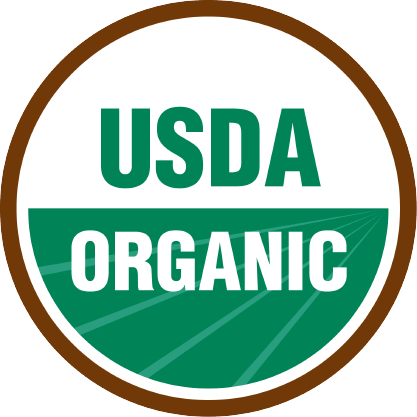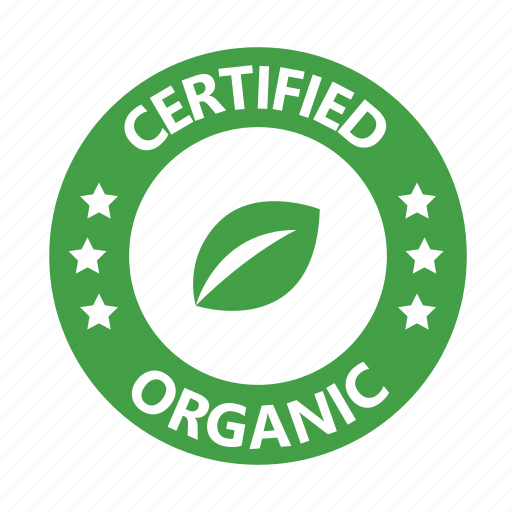The search for healthy and ethically sourced food has become paramount in today’s food world. Organic food labels adorn products, promising many benefits, but deciphering their true meaning can be like solving Morse code. For WorldMenu.lv readers with a passion for gastronomy, this article will serve as a guide through the maze of organic labels.
Learning organic food labeling
In this article, we’ll reveal what’s behind terms like “USDA Organic Seal”, “NON-GMO” and “Certified Organic”, and give you tips on how to recognize natural organic products. In addition, we’ll delve into the regulatory standards that govern the use of these labels, allowing you to make an informed choice. Join us on this educational journey to decipher the secrets of organic food labeling.
What do the different organic labels mean?
In this article, we will look at three labels that can be found on product packaging.

USDA Organic label: a certificate awarded by the United States Department of Agriculture (USDA) indicating that a product meets strict organic standards. It assures consumers that the food is produced without synthetic pesticides, GMOs, antibiotics, or growth hormones. This label comes in different variations, such as “100% Organic” (containing only organic ingredients), “Organic” (at least 95% organic ingredients), and “Made with Organic Ingredients” (at least 70% organic ingredients), which allows consumers to distinguish the organic content of the product.

Non-GMO label: indicates that the product does not contain genetically modified organisms. However, it is essential to note that although a product may be labeled as non-GMO, this does not necessarily mean that it is organic. Non-GMO foods may still have been grown using synthetic pesticides or other non-organic methods. This label refers to the absence of genetically modified ingredients rather than general organic production techniques.

Certified Organic: Certified organic is a broader term that covers products verified by accredited certification bodies to meet organic standards. “Certified Organic” can include organic certificates from different organizations and countries, each with its bars and regulations.
How to recognize actual organic products?
It can be challenging to distinguish authenticity among the many labels claiming organic status. Visit the official websites for information on organic brands.
Explore how to recognize official labels on product packaging. Learn how to navigate ingredient lists, identify third-party certificates, and decipher marketing strategies to ensure your purchase meets organic expectations.
Legislation setting standards for organic products
Check the rules governing the labeling of organic food. In Latvia, for example, this is the responsibility of authorities such as the Food and Veterinary Service (FVS) and the Latvian Rural Advisory and Education Centre. In Europe and worldwide, you can read the National Organic Programme (NOP) guidelines, which regulate everything from farming practices to food processing standards.
Figures and statistics reveal the complexity of these regulatory standards, thus demonstrating the seriousness of the organic certification process. Understanding these standards can help consumers trust the authenticity and credibility of organic labels.
Promoting the conscious culinary journey
Understanding the nuances of the organic food label allows you to become a more conscious consumer and make informed choices that align with your values.
Delve into the culinary world with WorldMenu.lv’s category Food. Let this knowledge guide your culinary adventures towards a tasty, ethical, and sustainable future.
Also check out article: Exploring the Rich Flavors in Dubai

Hey, mani sauc Signe. Esmu neizsakāmi priecīgi par to, ka esmu beidzot izveidojusi savu blogu. Es strādāju vairākus gadus mārketingā, bet brīvo laiku cenšos veltīt saviem draugiem un ģimenei.

